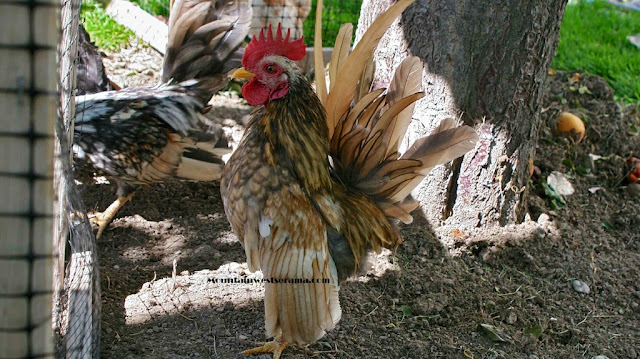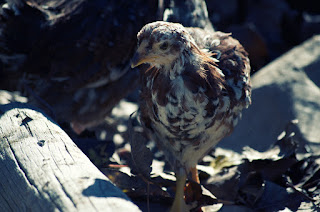Coturnix Quail

A better understanding. Not a lot of people know that Coturnix quail eggs have orbited around the earth in several Soviet and Russian spacecrafts (Ion 5 Satellite, Salyut 6 and Mir Space Stations). Interestingly enough, in March of 1990, Russian researchers hatched the first eggs in space as well. Their hatch rate was not as successful, but it was possible. Today we know the hatching rate of Coturnix quail are affected by the birds environment, genetics and health. Environment. The environment of the Coturnix quail has changed since its ancient ancestors. Feeds, weather, breeding filters and predators have shaped quail throughout history. This could result in new breeding & incubating techniques that affect the fertility levels dramatically. Common quail (Coturnix Coturnix) in the wild live in temperate and tropical environments throughout Europe, Egypt, Northern Japan, Asia and China. They consume seeds and insects on the ground. They are reluctant to flying and pref




